New flutter of butterflies takes flight at Melbourne Zoo
One of Melbourne’s warmest cold weather venues just got a little more colourful, with the addition of two new species to the Melbourne Zoo Butterfly House.
Despite chilly conditions outside, the Butterfly House team is continuing to rear butterflies inside, with the Chocolate Argus and Red Lacewing now joining the hundreds fluttering inside the house.
Melbourne Zoo invertebrates keeper Melvin Nathan said trying to spot both species was the perfect excuse for lingering inside the Butterfly House during the colder months.
“The Butterfly House is always nice and warm,” Mr Nathan said.
“We generally keep it between 26 to 28 degrees Celsius, so at this time of year it is probably one of the nicest places to be in. It’s like working in a tropical paradise.”
“When you go in you experience this wonderful, colourful environment and all these amazing creatures flying all around you. It is quite magical.”
Mr Nathan said there were usually around 600 butterflies in the Butterfly House in winter and early spring, from around a dozen individual species, including the Chocolate Argus and Red Lacewing.
“Whenever we get a new species of butterfly in, it does add to the colour of the house,” Mr Nathan said.
“The Chocolate Argus is a tiny brown butterfly with beautiful orange spots on them. And when they close their wings, they have little pink streaks through their wings as well.”
“However, the Chocolate Argus is one of the species that can be quite hard to spot, especially when they close their wings. They mimic a dead leaf when they close their wings, so you have to look closely and, hopefully, you spot them.”
“The Red Lacewing looks similar to the Orange Lacewings that people might have seen here, however they are a little larger and, as the name suggests, have more red throughout their wings.”
Mr Nathan said Melbourne Zoo’s invertebrates team worked closely with the horticulture and nursery teams to grow the plants that the butterflies used throughout their life cycle.
“Each butterfly species has a particular host plant,” Mr Nathan said.
“The butterflies remember what the plant tastes like from when they were a caterpillar. So as an adult, they fly around looking for this host plant, and when they see it and they land on it and taste it, they know this is the plant that their caterpillars will eat. It’s at this stage that they lay their eggs on it.”
“When you go into the Butterfly House you will see plants on water wells. Those are our designated host plants for each species.”
Zoos Victoria and Melbourne Zoo visitors are reminded that all tickets must be pre-booked online at zoo.org.au. Zoos Victoria Members no longer need to book but are required to scan their membership card for entry. •

Carlton Corner brings vintage charm to Canning St


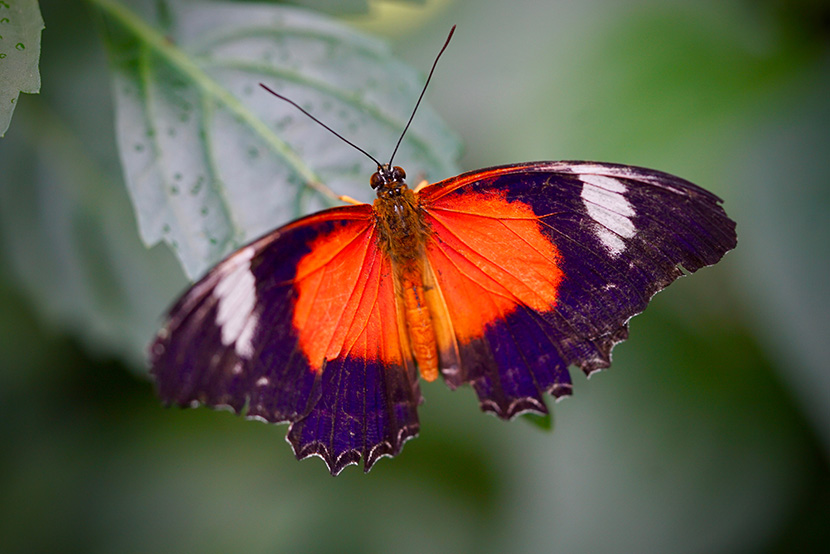
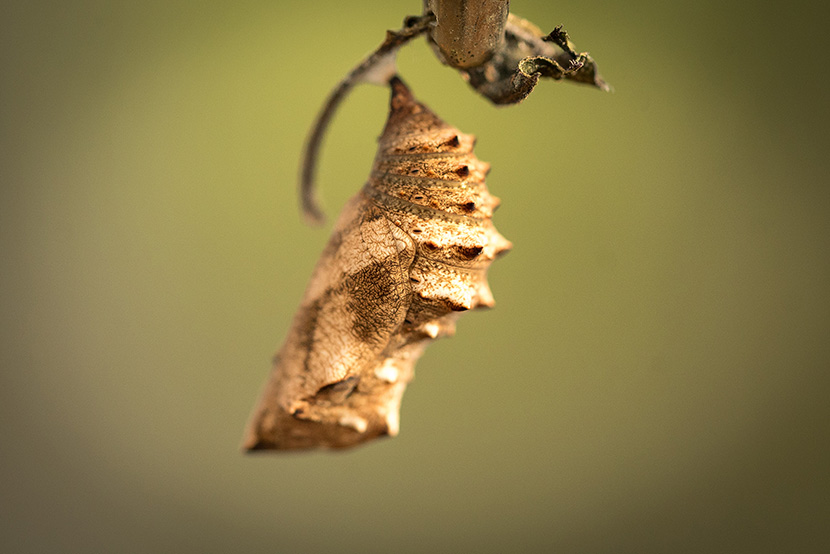
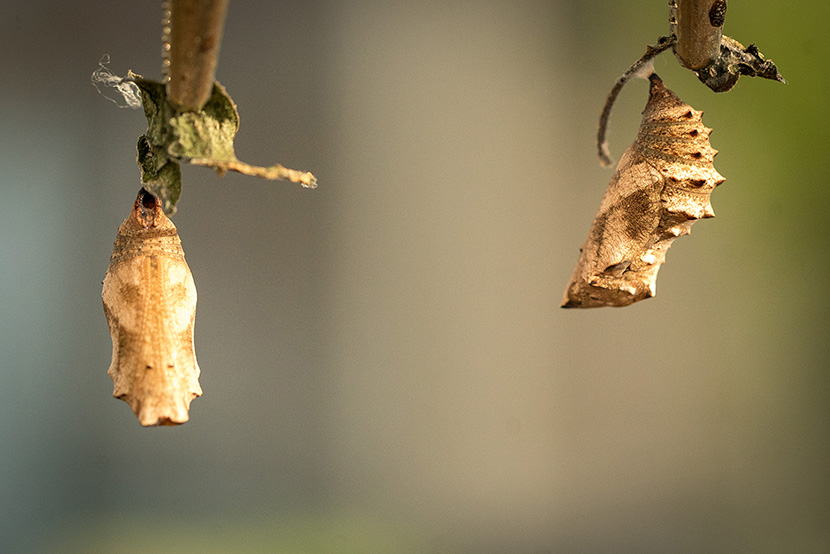
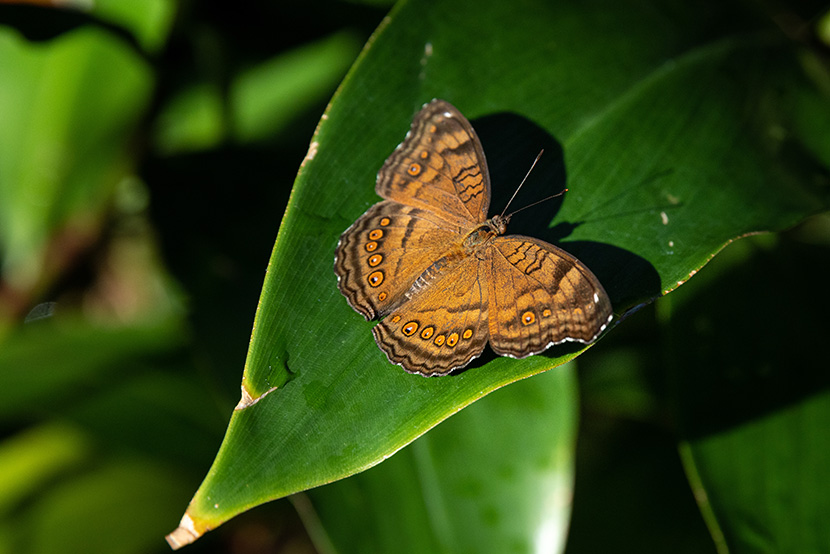
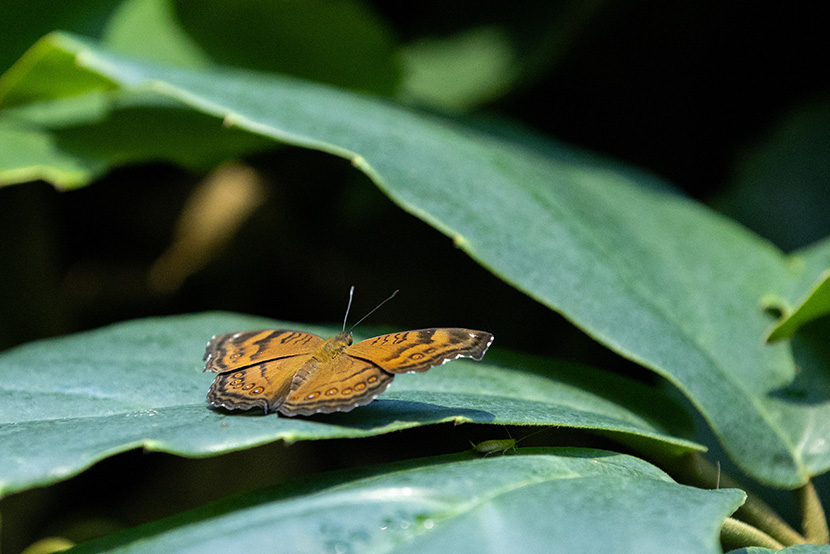
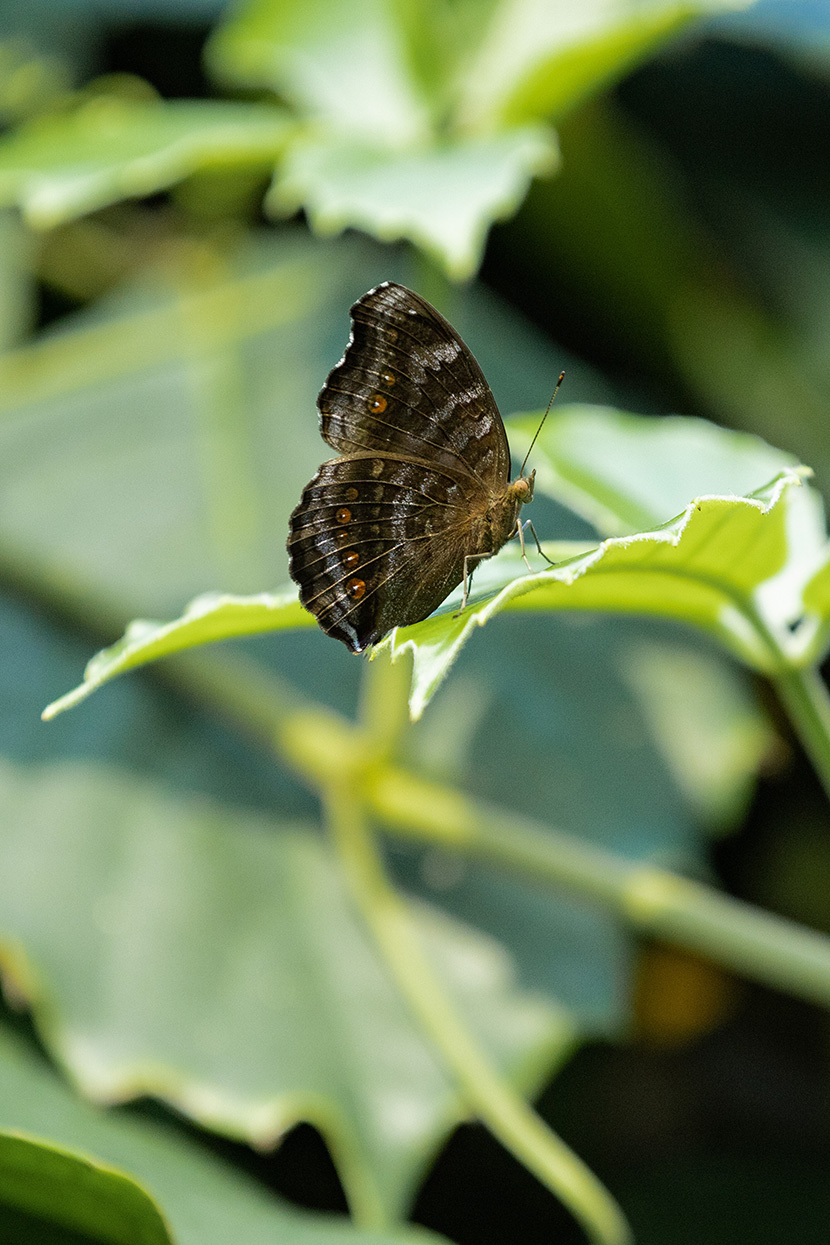
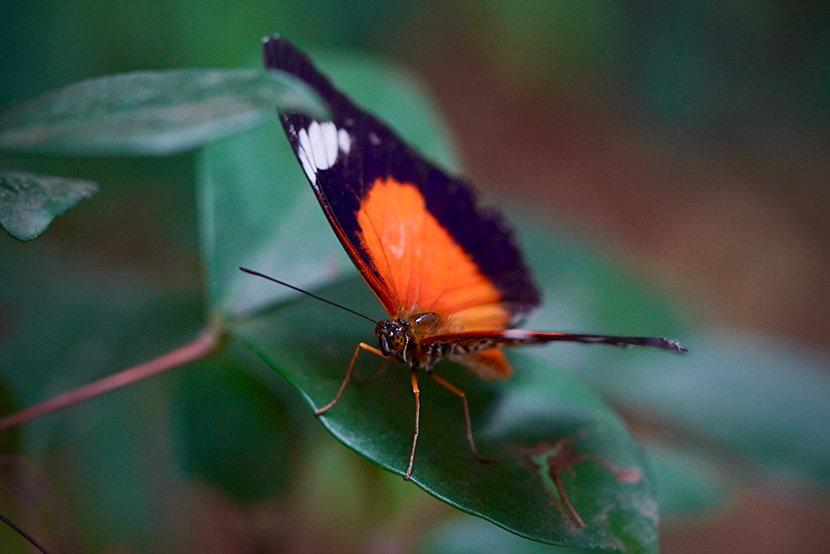
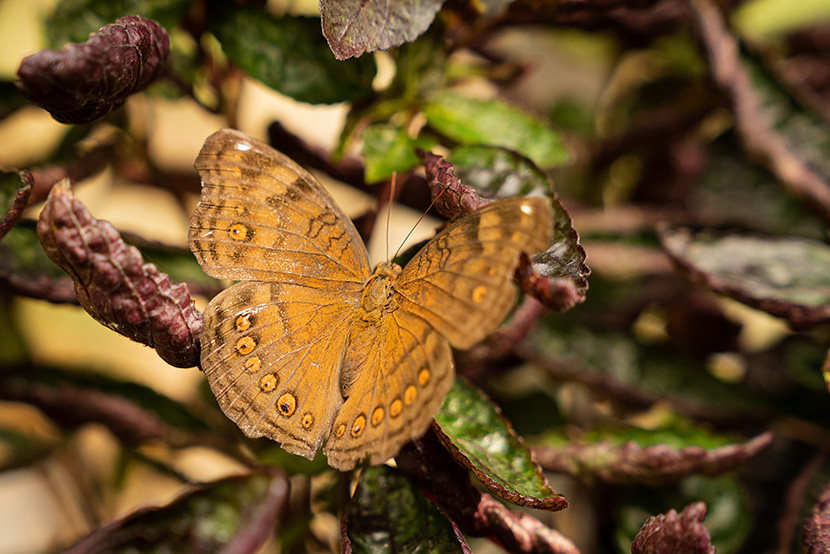
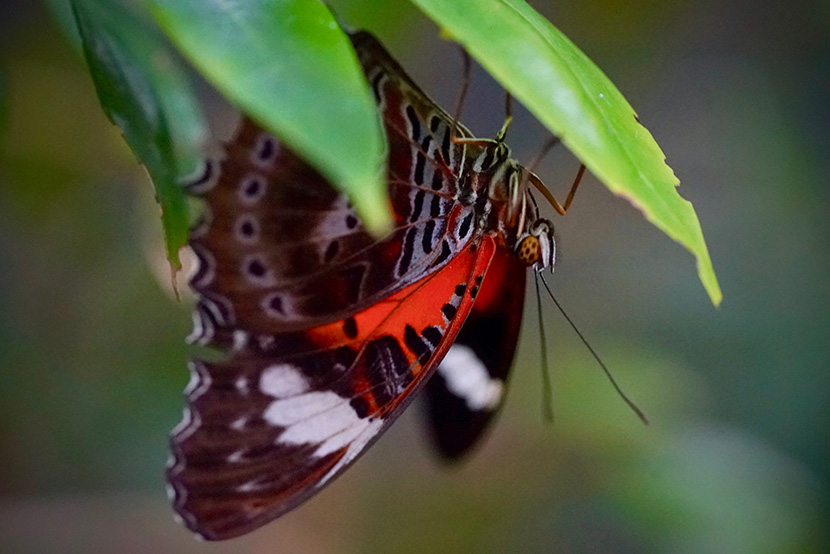
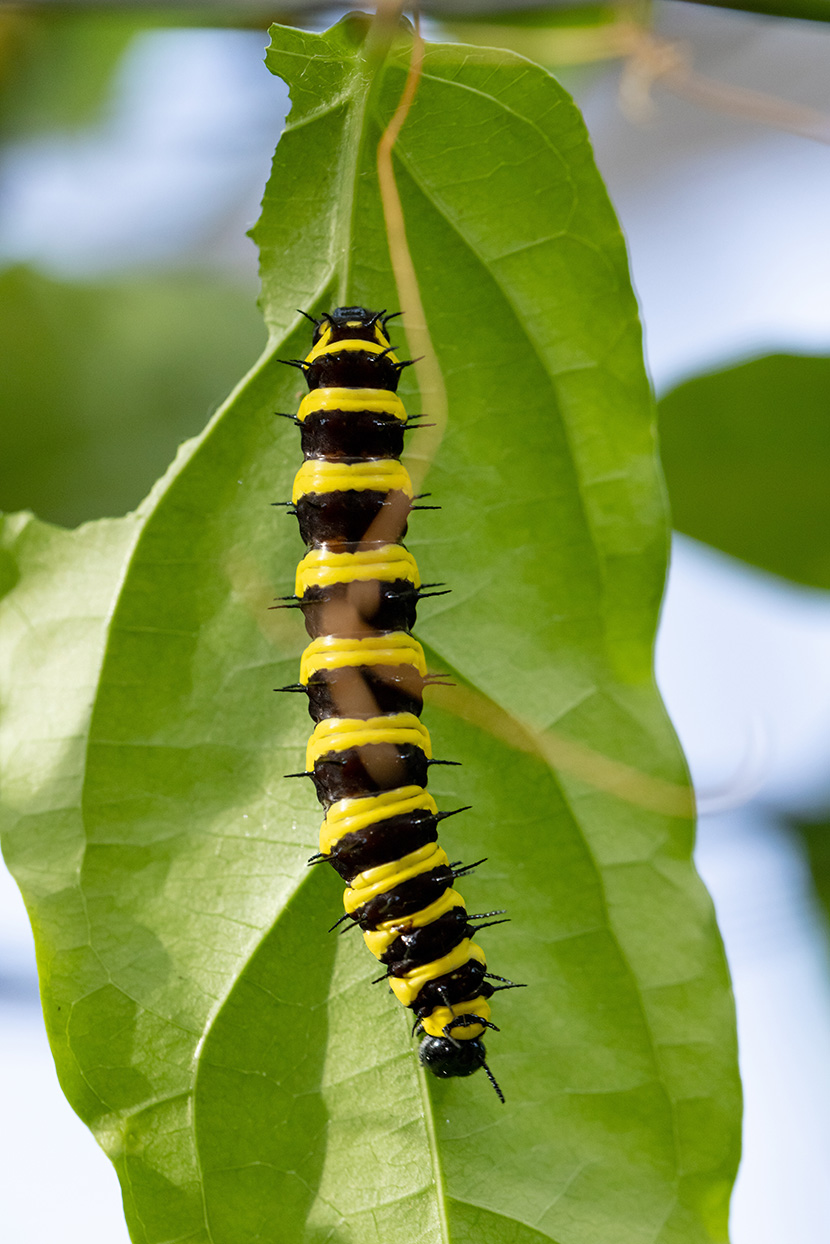

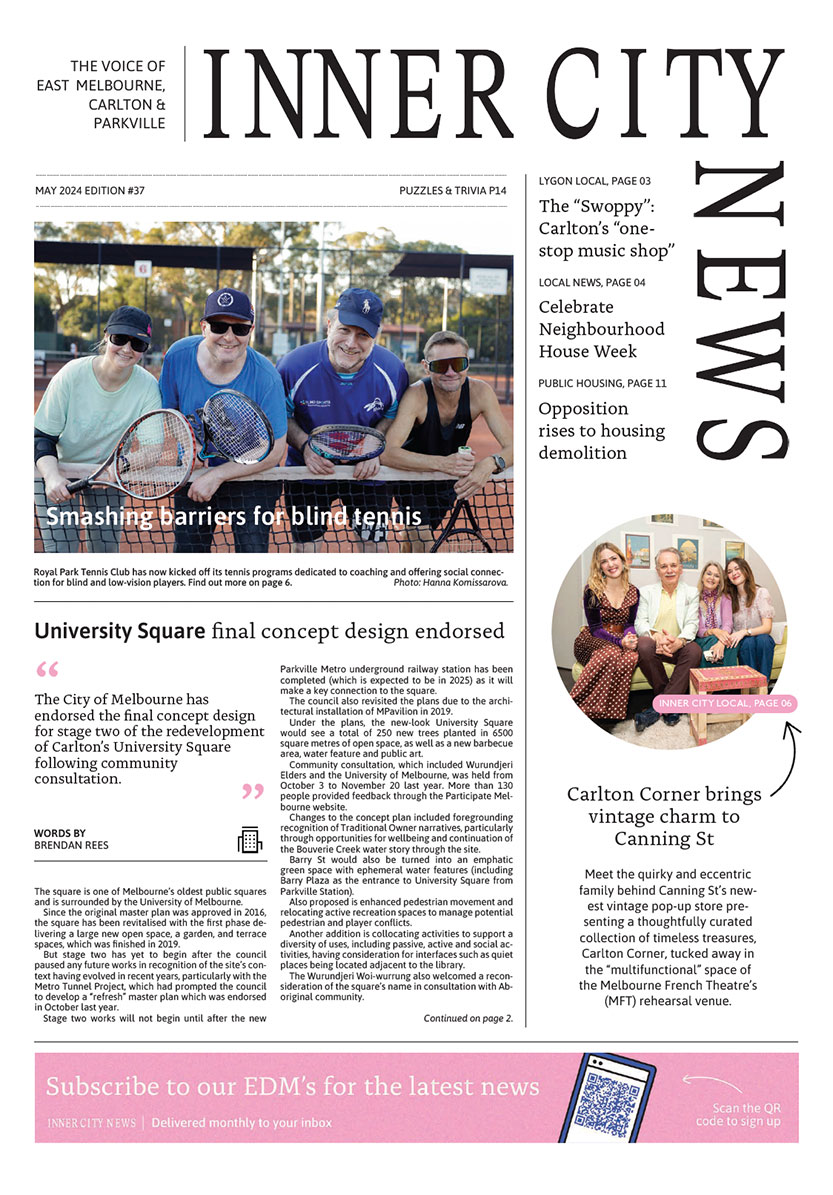 Download the Latest Edition
Download the Latest Edition